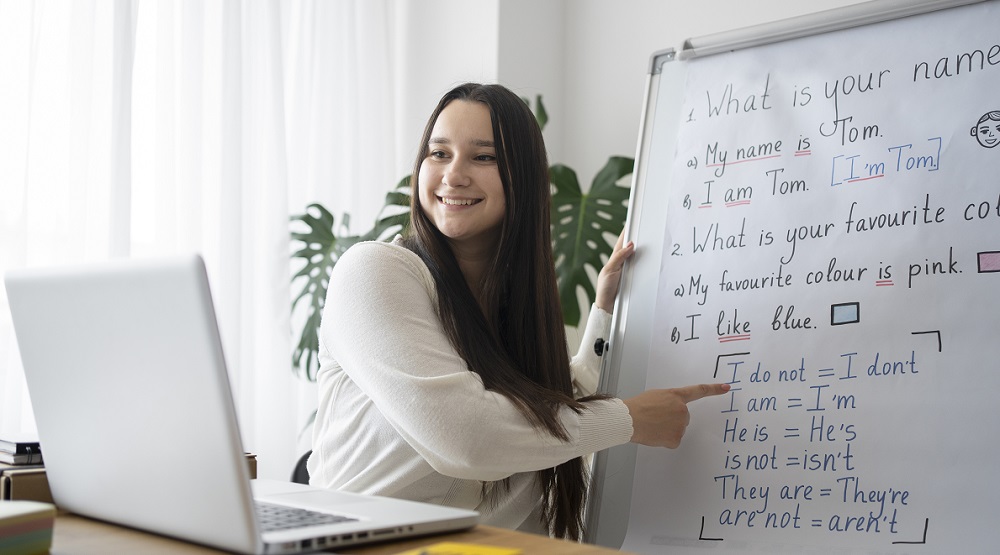Every student has a spark of creativity within them. Unlocking each student’s creative potential is the key to transforming education from a passive experience into an exciting journey of exploration and growth.
But how do we tap into every student’s potential? In this article, we’ll explore a range of strategies designed to ignite curiosity, foster a love for learning, and ensure that no student is left behind.
So, whether you’re a seasoned educator or just starting out, join us on this journey to unleash the creativity within every student!
Here are some engaging strategies to unleash the creative potential in all your students:
1. Embrace Diverse Learning Styles
Students have diverse ways of learning and expressing themselves. Some may thrive with hands-on activities, while others excel at written expression. To cater to different learning styles, vary your teaching methods. Integrate visual aids, kinesthetic activities, musical elements, and open-ended projects to provide multiple avenues for creative exploration.
2.Think Outside the Box
Encourage students to question assumptions and challenge the status quo by posing open-ended questions that don’t have a single “correct” answer. Present real-world problems and challenge students to come up with innovative solutions. This fosters a growth mindset and teaches them that there’s often more than one way to tackle a problem.
3.Spark Curiosity
Curiosity is the fuel that ignites creativity. Pose thought-provoking questions, present real-world problems, and encourage students to ask their own questions. Let them explore different perspectives and challenge assumptions. This creates a learning environment that fosters a sense of wonder and encourages students to think critically and creatively.
4.The Power of Play
Play isn’t just for children. Incorporating playful activities into the classroom allows students to experiment, take risks, and explore ideas without fear of failure. Encourage brainstorming sessions, role-playing activities, or even games that involve creative problem-solving. Playful learning allows students to break down barriers, build confidence, and approach challenges with a creative mindset.
5.Project-Based Learning
The project-based learning approach allows students to explore a topic in depth, research independently, and ultimately create a project that showcases their understanding in a creative way. Projects can take many forms, such as building models, creating multimedia presentations, writing and performing plays, or composing songs.
6.Let There Be a Choice
Student autonomy is a powerful motivator. Provide students with choices in their learning process, whether it’s selecting a topic for a research project, choosing a creative format for presenting information, or offering different pathways to solve a problem. This empowers them to take ownership of their learning and fosters a sense of agency that fuels creativity.
7.Collaboration is Key
Creativity thrives on collaboration. Set up group projects that encourage students to work together, brainstorm ideas, and build upon each other’s strengths. Collaborative learning fosters communication skills, problem-solving abilities, and allows students to learn from different perspectives, ultimately leading to richer and more creative outcomes.
8.Embrace Mistakes
Fear of failure can kill creativity. Create a safe classroom environment where experimentation and risk-taking are encouraged. Teach students that mistakes are a natural part of the learning process, valuable stepping stones on the path to creative breakthroughs.
9.Break Down the Walls
Step outside the traditional classroom setting. Field trips to museums, art galleries, or even local businesses can spark new ideas and ignite creative thinking. Community partnerships can connect students with professionals in creative fields, allowing them to see firsthand how creativity is applied in the real world.
Conclusion
By implementing these strategies, you can transform your classroom into a vibrant hub of creative exploration. Remember, creativity isn’t just about producing a masterpiece; it’s about fostering a growth mindset, embracing challenges, and thinking outside the box.
By nurturing creativity in your students, you’re equipping them with the skills and confidence they need to thrive in a world that demands innovation and imagination.
For educators looking to further enhance their teaching skills, including creative engagement techniques, consider enrolling in courses like Power Strategies for Effective Teaching or Master of Arts in Elementary Education.













